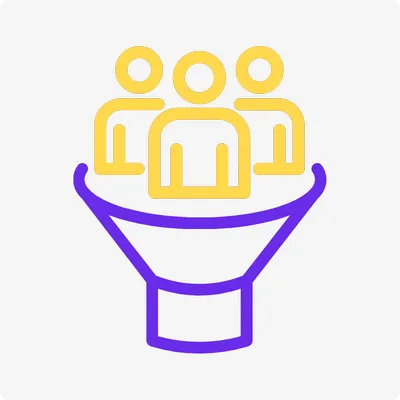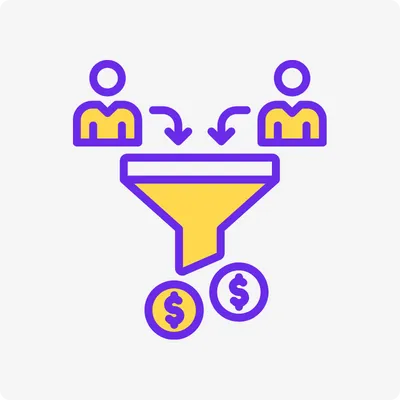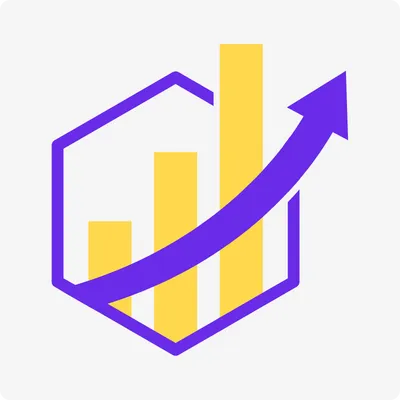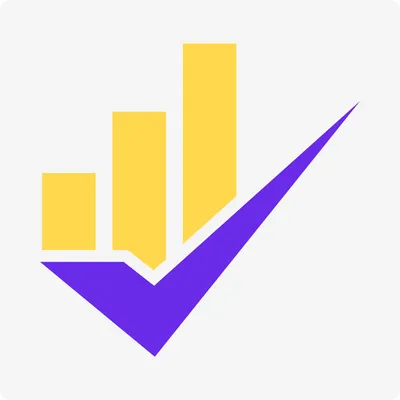
How Pillar Pages Will Help Your Search Engine Rankings
When it comes to SEO, many website owners and marketers are constantly on the lookout for ways to improve their visibility on search engines. One powerful strategy that has proven effective in recent years is the use of pillar pages. But what exactly are pillar pages, and how will pillar pages help your search engine rankings?
we'll break down the concept of pillar pages, discuss why they’re important for SEO, and explain how they can help your website rank higher on Google and other search engines.
Table of Contents
Key Takeaways
What Is a Pillar Page?
Why Should You Use Pillar Pages?
How to Create an Effective Pillar Page
Decide on the Topics You Want to Rank For
Use Keyword Research to Organize Your Content
Create Your Pillar Page and Supporting Content
Build Backlinks to Your Pillar Pages
Examples of Pillar Pages to Inspire Your Strategy
Rover
NerdWallet
Amazon
Key Takeaways
Pillar Pages: These are organized, in-depth discussions around a topic with links to related content and an improved structure.
Increase SEO: Pillar pages help create a more hierarchical structure for your website, making it easier for search engines to crawl your content and easier to navigate.
Content Clusters: Pillar pages actually link to related articles (content clusters) that show search engines the topical authority of your pages.
A good strategy: Determining the right topics, doing keyword research, and doing link building are strong foundational ideas in creating pillar pages that rank in search engines.
What Is a Pillar Page?

A pillar page is a long, central page on your website that examines a larger topic in detail and links to supporting pages about related subtopics. Think of it as a hub to organize content around a bunch of related topics so users and search engines can find the wider topic areas that your website is an expert in.
For example, a fitness site might have a pillar page on "Healthy Living." This page would offer a comprehensive overview and link to clusters such as "Nutrition Tips," "Workout Plans," and "Mental Health."
Why Should You Use Pillar Pages?
Pillar pages enhance SEO by creating a unified site experience that's easy for search engines to crawl and understand. This also benefits users, as they can navigate your site with a logical flow and contextual engagement with similar topics. The more search engines see this structure, the more likely they will positively rank your content.
Benefits include:
Increased user engagement: Users engage longer, as they navigate to related articles.
Improved Crawlability: Search engines crawl and organize content more easily when it has a clear organization.
Increased authority: When you link multiple pages on a topic, you create a better sense of being an authority on that topic.
How to Create an Effective Pillar Page
In short, proper planning, organizing and structuring of content in a way that is logical, flows and creates a good user experience while maintaining relevancy to search engines is needed for a successful content pillar page.
Here is a step-by-step process you can follow to develop pillar pages that will help improve search results.

Step 1: Choose the Topics You Want to Rank For
You will need to choose a broader topic that is focused on your business, and using the pillars, you can include enough sub-topic elements to form a pillar page for that topic. Examples:
If you own a travel blog and your broader topic is Adventure Travel, the pillar page for Adventure Travel could branch out to separate links associated with Hiking Trails, Adventure Gear, and Travel Tips for Thrill-Seekers.
Similarly, if you have a Digital Marketing blog, and the broader topic is Content Marketing, the pillar page could branch out to links in areas such as SEO Basics, Email Marketing and Social Media Strategy.
2: Use Keyword Research to Organize Your Content
Once you have determined a topic for your pillar page, you will need to do keyword research to find phrases that rank the topic you selected. Your keyword generally should be related to the subject matter of your pillar page (i.e. "How Pillar Pages Will Help Your Search Engine Rankings"), and subtopics should be represented by your keyword.
You will want to group keywords to make sure every piece of supporting pages (or cluster pages) has only what ever keyword or subtopic is related to that keyword, while linking to your main pillar page.
3: Create Your Pillar Page and Supporting Content
A pillar page should summarize your main topic in a broad way and succinctly introduce readers to all the subtopics. The subtopics should link to further detailed cluster pages about that topic.
Use Clear Headings and Subheadings: Clear headings and subheadings make your content easy to read, while also signalling to search engines what part of your content is most important.
Provide Value: Make sure your content answers readers' questions comprehensively, and has easily consumable information that adds value enough that readers will stay.
Internal linking: Include direct links to the cluster pages within the pillar page to create a well organized and internally linked architecture.
4: Build Backlinks to Your Pillar Pages
Once your pillar page is built, it is time to focus on building backlinks. High-quality backlinks help to create authority for a page and maximize its ranking potential.
Find Related Websites: Search for websites that feature similar or related content and ask for backlinks.
Write Guest Posts: Write guest posts for reputable sites containing a link back to your pillar page as a resource.
Share and Promote: You can also increase the traffic and visibility of your pillar pages by promoting it through social media.
Examples of Pillar Pages to Inspire Your Strategy
Here are some great examples of pillar pages that helped grow search engine rankings and the level of user experience.
1. Rover
Rover, a pet services company, created a pillar page around "Dog Care," capturing "Dog Nutrition," "Training Tips," and "Health Essentials." Such a structure is useful for dog owners to find information they want, and Rover should benefit from telling search engines that it is relevant content and an author of dog care.
2. NerdWallet
NerdWallet engages with the pillar page strategy around personal finance. Their pillar page "Credit Cards" links to content clusters like "Best Credit Cards," "Credit Score Tips," and "Card Comparisons," making it a pillar page that becomes synonymous with credit card information.
3. Amazon
Amazon uses pillar pages for major product categories, such as “Electronics” or “Home & Kitchen.” Each one acts as a centralized location for all links to subcategories and products related to that category to show users, and search engines, how large Amazon’s offering is.

Optimizing Your Pillar Page for Search Engines
Use the target keyword naturally - Be sure to use the phrase "How Pillar Pages Will Help Your Search Engine Rankings," in the title, in the meta description, and naturally as you write.
Meta descriptions and alt text - Create a compelling meta description that includes the target keyword. Create alt text for any images you add to the content for additional SEO benefits.
Use visuals - Add relevant images, charts, and infographics to keep the reader interested and add a good look and feel to the page.
Building pillar pages is one of the best ways to improve your site's SEO and user experience. By creating content based on general topics and linking those topics to related topics - it will help to improve the ability of search engine bots and users to navigate through your site. Ultimately, this could improve your engagement, build authority and improve your rankings on search engines.






























